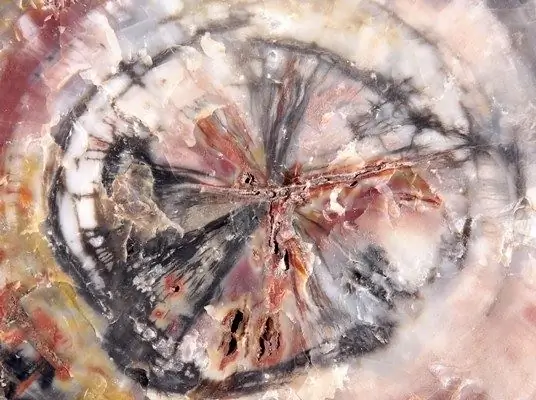Collecting minerals is extremely exciting. In search of samples for the collection, you will have to walk more than a dozen kilometers, visit the most different places in your region, country, and even the world. As a souvenir of these travels, you will have samples of the collected minerals and your travel notes.

It is necessary
- - sturdy clothing (jeans and wind jacket);
- - high lace-up boots;
- - backpack;
- - geological hammer;
- - chisel;
- - a small mount.
Instructions
Step 1
How to find minerals? To search for them, it is absolutely not necessary to go far; you can certainly find very interesting samples in your region. Visit the library, local history museum to search for data on geological research conducted in your area. This information will help you decide what to look for and where.
Step 2
When looking for minerals, pay special attention to the places where the bedrock is exposed. These can be bulldozed areas of hills - for example, during the construction of highways or power lines. Take a close look at the slopes of the ravines and river channels. Any irregularity in color, luster of the rock can help you find some interesting mineral. Quarries provide very good opportunities for finding minerals.
Step 3
After finding a sample of a mineral, chop it off, leaving a minimum of excess rock, then put it in a paper bag or wrap it in newspaper. Do the rest of the processing at home. In order not to get confused, be sure to sign on the packaging where and when a specific sample was found. There is another option: keep your field notes in a special notebook. On the packaging of the sample, put, in several places, its serial number, and in a notebook write down the sample number and details of where it was found. Subsequently, this field diary will give you many pleasant minutes - by rereading it, you will remember your travels.
Step 4
Back home, sort out the collected minerals. Choose the best one for the collection from several identical samples. The rest you can throw away, donate to someone or use for exchange. Carefully process the selected minerals, bringing their appearance to the exhibition level.
Step 5
If you don't have many samples, you can store them on stands in a glass cabinet, illuminated from the inside by lamps. A large collection is best kept in closed boxes or low wooden boxes, divided into cells. So minerals will be best protected from dust - the main enemy of any collection.






